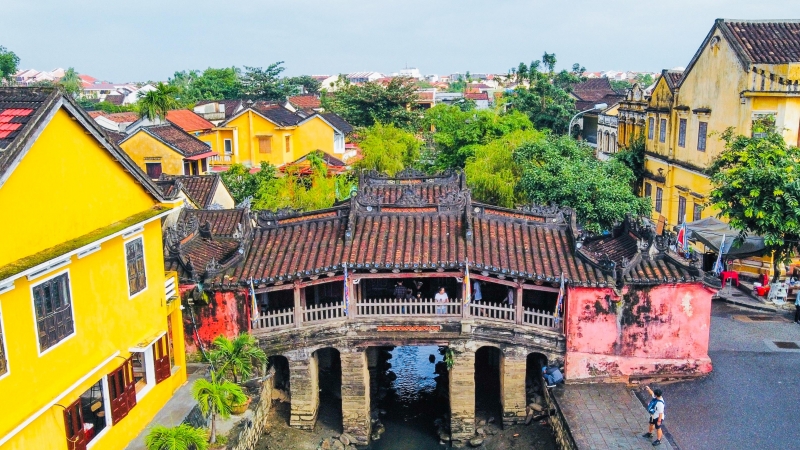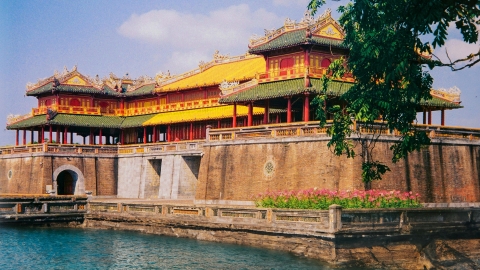In 1990, the Japanese Covered Bridge was recognized by the Ministry of Culture as a historical and cultural relic (of the country). In 1999, UNESCO listed the ancient town of Hoi An as a World Cultural Heritage Site. The Japanese Covered Bridge is one of the important relics that make up this world cultural heritage. The image of the Japanese Covered Bridge is also printed on the 20,000 VND banknote in the current currency system in Vietnam.
Over the past 4 centuries, this architectural work has been seriously degraded and damaged and has undergone 7 restorations. The most important restoration started on December 28, 2022, with a total investment of 20.2 billion VND, from the budget of Hoi An City and Quang Nam Province.
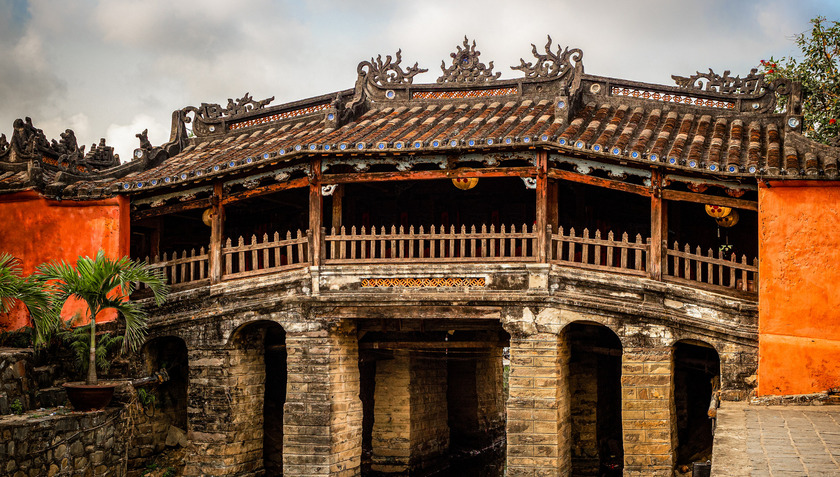
The ancient Japanese Covered Bridge before restoration
As planned, on August 3, 2024, Hoi An City will inaugurate the restoration of the Japanese Covered Bridge on the occasion of the 20th Vietnam - Japan Cultural Week taking place in Hoi An.
Up to now, the main relic has been restored, the construction unit has dismantled all the surrounding houses; only some secondary items such as tiling, creating surrounding landscape... remain.
In the past few days, when the entire roof was removed, the Japanese Covered Bridge relic was revealed for people and tourists to admire. It is easy to see that the Japanese Covered Bridge relic after restoration has become newer and brighter thanks to the paint color, the color of the roof tiles and the patterns on the roof tiles or the characters and writings that have been repainted. However, this relic is less ancient than before.
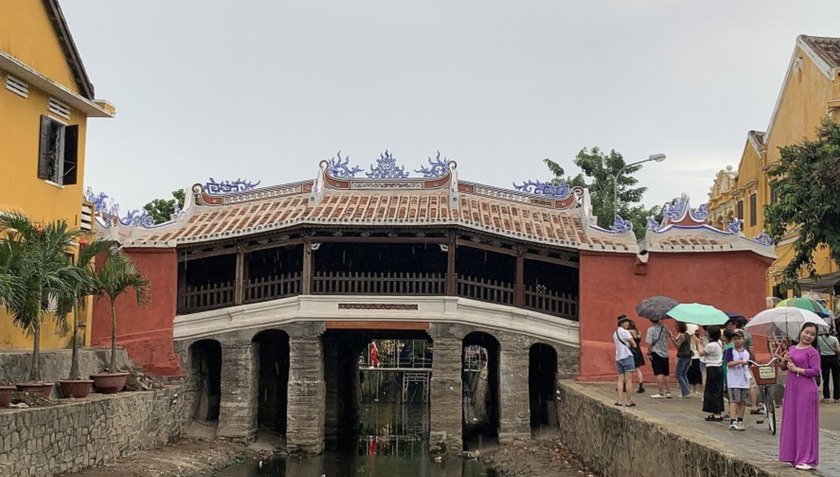
After nearly 2 years of restoration and repair, the Japanese Covered Bridge relic has donned a new coat.
The roof tiles of the Japanese Covered Bridge are a mixture of old and new tiles, but still maintain a harmonious appearance. The pillars of the relic are almost as pristine as they were before restoration. Inside the relic, some previously damaged and rotten wooden frames have been completely replaced. Some wooden pillars have been joined with new pieces of wood. The stele and characters on the stele have been repainted. The floor structure is curved in an arc.

Currently, the iron frame and corrugated iron roof surrounding the pagoda have been removed after the restoration period.
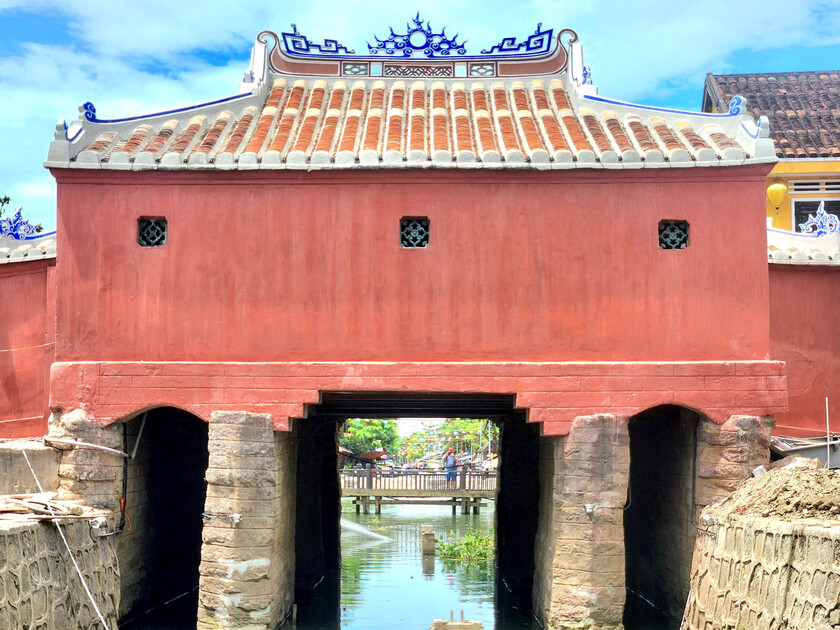
All restoration items including: foundation, piers, piers; floor system, wooden frame, roof; electrical system, termite control... have been completed.
However, in the last days of July 2024, when the system of houses covering the restoration of the Japanese Covered Bridge was dismantled, revealing this relic after nearly 2 years of major restoration, with a different appearance, there were many mixed opinions on social networks.
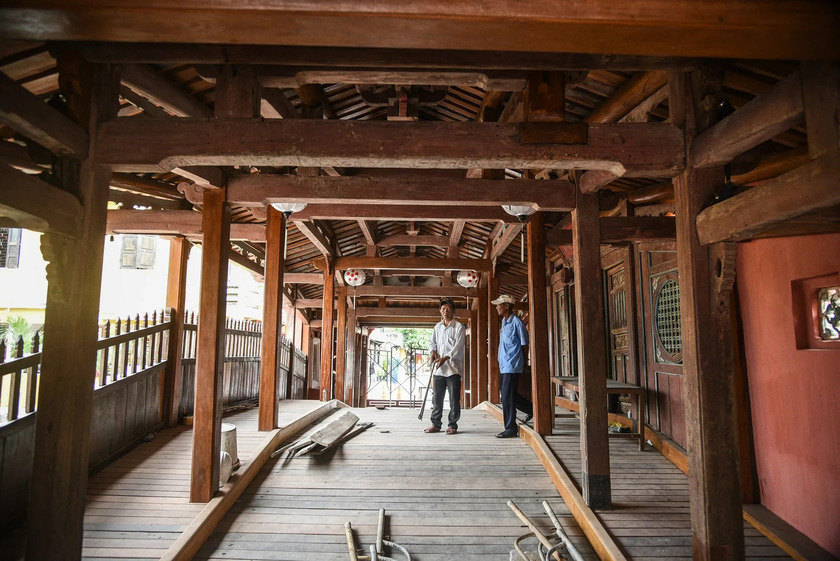
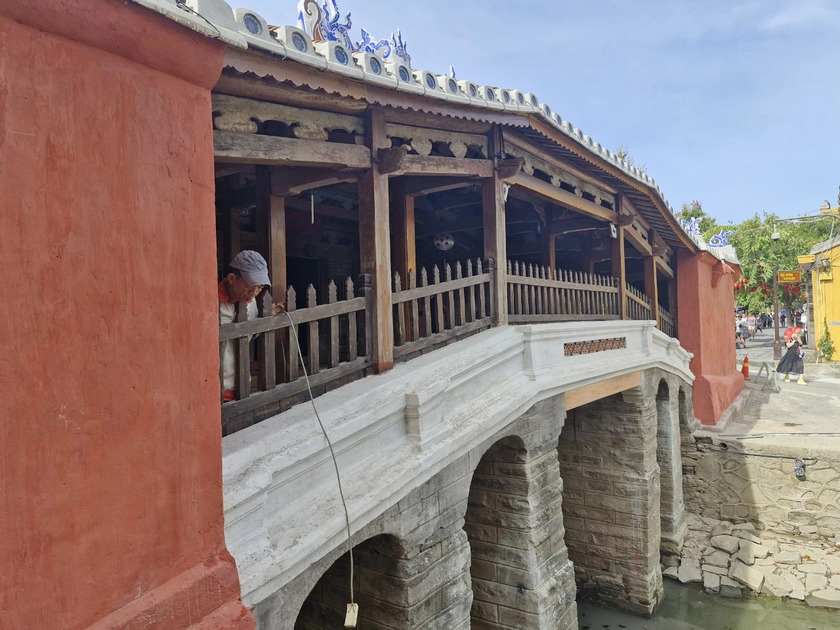
Many locals and tourists say that the Japanese Covered Bridge relic after the basic restoration still retains its original elements, still retains its original spirit, and the new appearance looks quite beautiful. However, some opinions say that the newly painted body and tiled roof make the relic look a bit different and more modern than before. These opinions are mainly negative and say that the Japanese Covered Bridge has been restored incorrectly, has been "rejuvenated" and this has damaged a "symbol of Hoi An", a cultural heritage of humanity...






